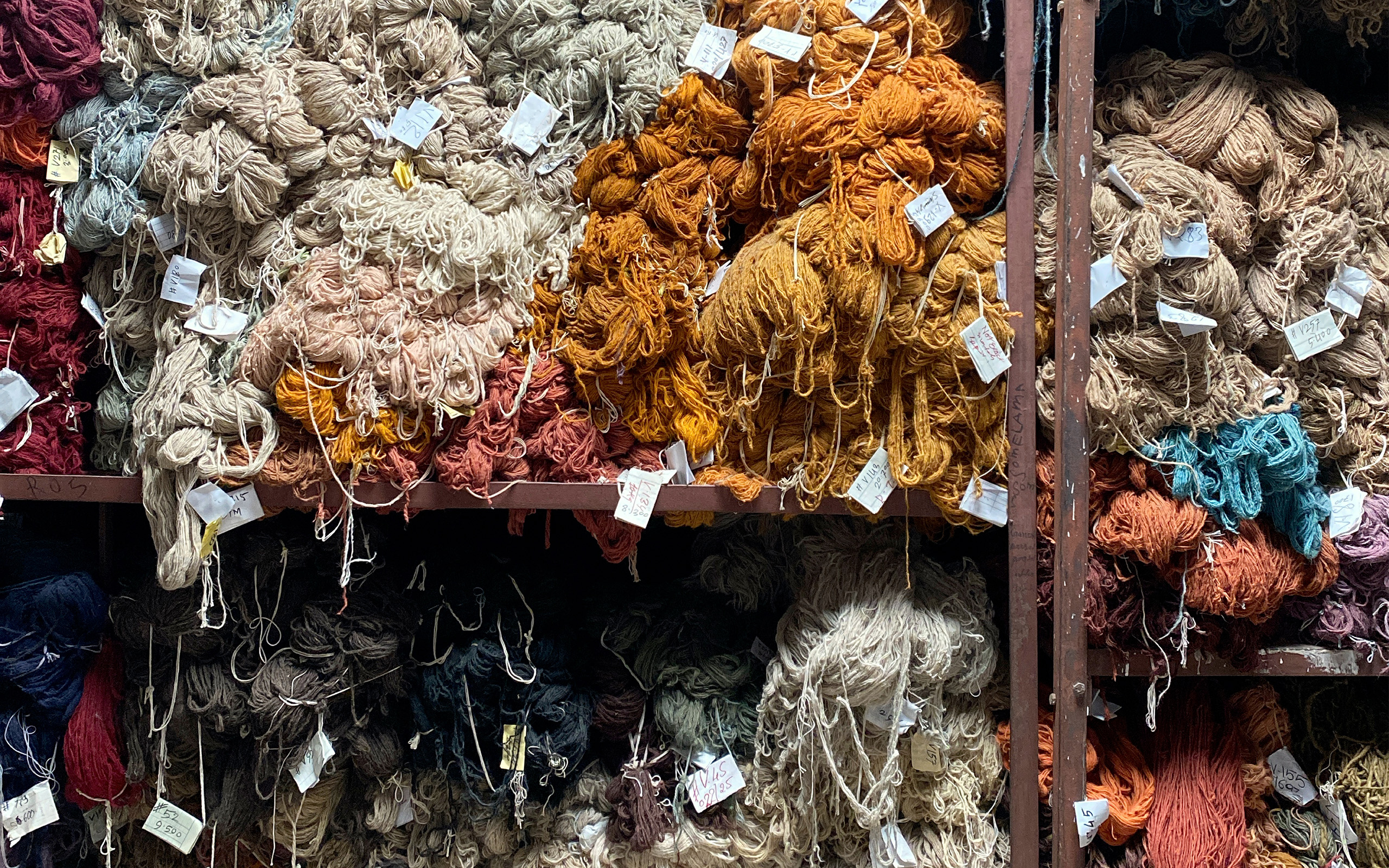Shibori Style | An Exploration
From Nathan Tucker of Lapchi’s Rug Design Studio in Chicago, Illinois: ‘I guess when it comes to reïnterpreting a certain medium or artistry into handknotted carpets, there’s always going to be a challenge, depending on how close of an analogue to the original inspiration you’re trying to achieve. In shibori’s case, the general patterning is something that’s pretty easy to recreate with a graphed knot. Specifically, the itajime technique of shibori is something you see a lot of; the more geometric style of block/resist dying.’



